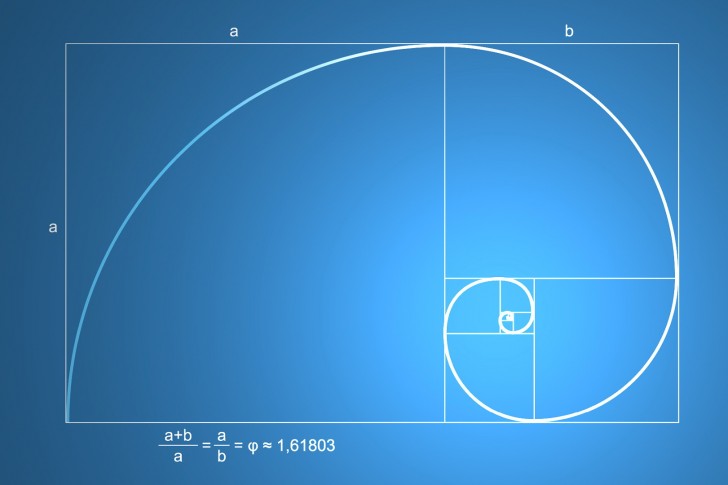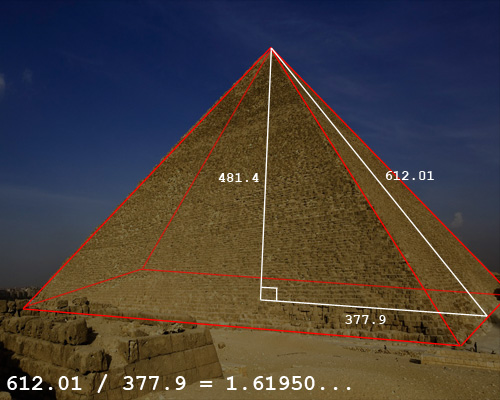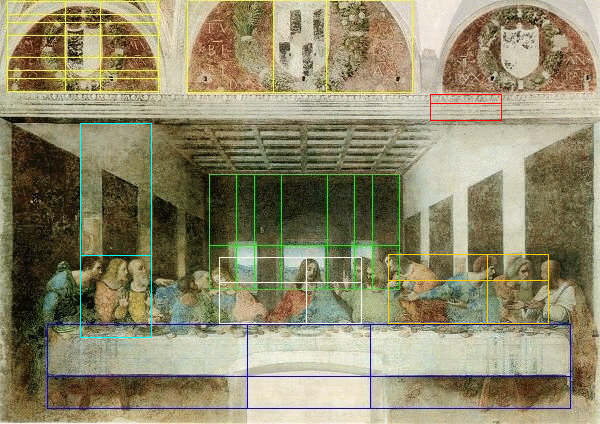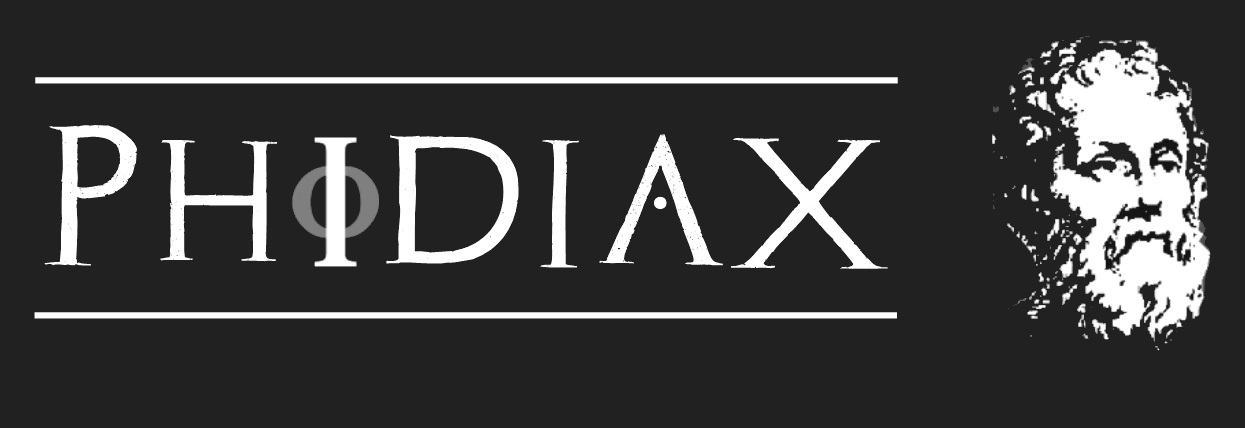What Is Phi?
Phi is an irrational mathematical constant, approximately 1.618.., and is often denoted by the Greek letter φ. Other commonly used names for Phi are: Golden Mean, Extreme and Mean Ratio, Divine Proportion and Golden Ratio. Phi is a naturally occurring ratio which exhibits aesthetically pleasing properties. It can be seen throughout history and nature in some of the most revered structures..
Phi can be expressed through the following equation:
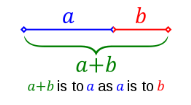
The relationships between these quantities are in Phi ratio if the following is true:

Algebraically, it can be calculated using the following equation:

Phidias (480 BC – 430 BC) was a renowned Greek architect, painter and sculptor. It was Phidias who, upon extensive examination of this mathematical anomaly, chose to represent this flawless ratio with the Greek letter Phi (φ). The use of Phi in dimensional proportionality can be viewed in Phidias’ works such as The Statue of Zeus at Olympia (one of the Seven Wonders of the Ancient World), Athena Parthenos and Athena Promachos. Throughout history many other artists, architects, mathematicians, musicians and engineers have utilized Phi in their creations. A few implementers are: Plato, Euclid, Fibonacci, Johannes Kepler, Roger Penrose, Leonardo Da Vinci, and the Egyptians.
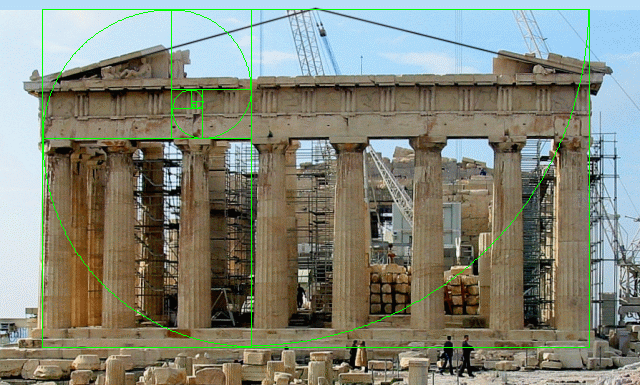
Many naturally occurring structures also exhibit Phi in their design. Some of these structures include human body proportions, arrangement of branches along stems of plants, the seed arrangement of sunflowers, pinecones, fronds, DNA, and sea shells like the nautilus.
Phi is abundantly displayed in some of the most interesting entities and in some of the most breathtaking natural beauty known to man. It is the symbol of elegance and its properties will continue to be exercised and implemented throughout time.

It is common for an observer to view the outwardly facing images and perceive works of art with a flood of emotions. It does not require a trained eye to extract meanings from these works. However, understanding the intricacies, including dimensional relationships, behind what is seen in these works of art and man, is a rare art in and of itself.
At Phidiax, we find a similar parallel in software architecture and design. We place the highest level of attention on the details which make our deliveries eloquent. Phidiax strives to ensure that our works-of-art satisfy outward facing requirements that effectively resonate with our clients while the inward facing orchestra of components execute in concert.


